In recent years, how is indoor air quality measured has become a top priority in many homes, offices and buildings as the effects of climate change and environmental pollution continue to be felt around the world. Poor air quality can lead to various health issues such as asthma, allergies, headaches and more. Unfortunately, there is no one-size-fits-all solution to improving indoor air quality, as different factors can affect the quality of the air we breathe.
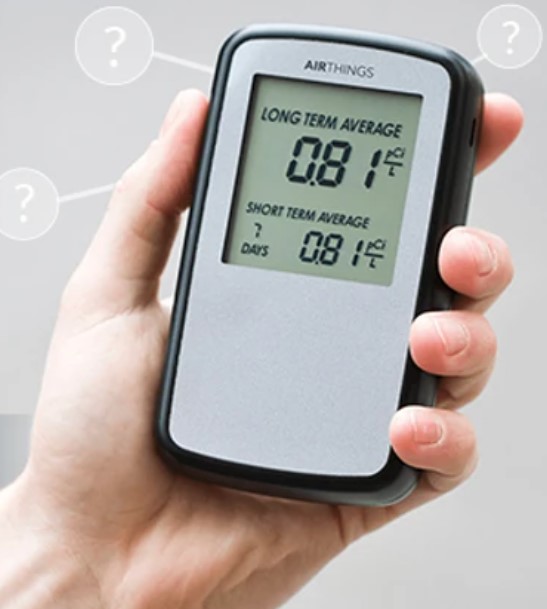
One of the most effective ways to measure and improve indoor air quality is through the use of sensors that detect particulate matter (PM) in the atmosphere. PM is a general term for solid particles or liquid droplets suspended in air, such as dust, smoke and pollen. Particulate matter can have an adverse effect on our respiratory system, which is why it’s important to keep track of the levels present in your home or office.
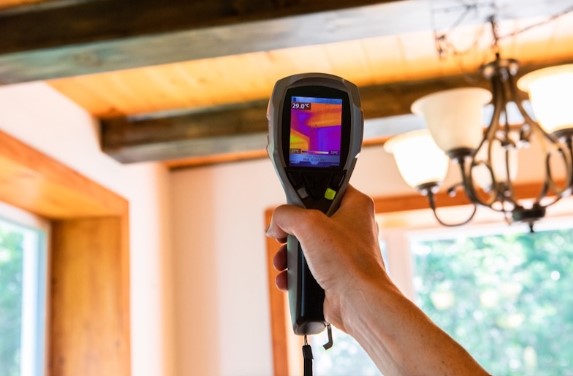
Aside from using sensors to measure indoor air quality, there are other measures that you can take to improve the overall atmosphere indoors. Regularly cleaning and dusting your surroundings can help reduce the amount of particulate matter in the air, as well as using air purifiers to remove airborne pollutants.
What is Indoor Air Quality?
Indoor Air Quality (IAQ) refers to the quality of air found in and around buildings, including homes and offices. Poor IAQ can lead to a variety of health problems such as increased respiratory symptoms, decreased cognitive performance, and an overall decrease in wellbeing.
Many factors contribute to poor indoor air quality, ranging from dust, pollen, mold and other particulate matter to volatile organic compounds (VOCs) from cleaning products and solvents. Poor ventilation can also contribute to poor IAQ by trapping pollutants inside the building.

Ground level ozone, or smog that is present in outdoor air, has been linked to an increased risk of respiratory problems such as asthma, bronchitis and other lung diseases. It can also cause eye, nose and throat irritation. Monitoring IAQ helps common people determine whether their in-house surroundings are habitable or not in terms of World Health Organization (WHO) guidelines for air quality standards.
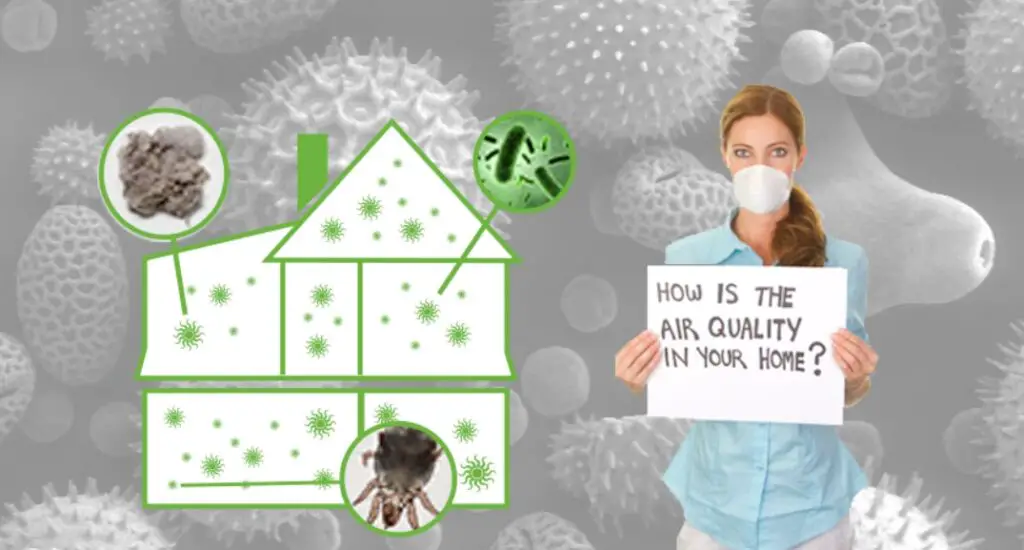
In order to improve indoor air quality, individuals should make sure to ventilate their homes or offices and take steps to reduce indoor air pollutants such as VOCs, dust, pollen and other particulate matter. Regular maintenance and cleaning of heating, cooling and ventilation systems can also help to improve IAQ. Taking these steps will not only ensure a healthier living environment but it can also provide health benefits in the long run.
By monitoring Indoor Air Quality, individuals can be sure that their home or office environment is both comfortable and safe for everyday use. This will help to ensure a healthier and more productive lifestyle.
What Affects Indoor Air Quality?
Indoor air quality is affected by a wide range of substances, from the commonly known carbon monoxide to radioactive radon and hazardous asbestos. Tightly sealed modern buildings can trap heat in and reduce ventilation, resulting in an influx of pollutants that create an unhealthy environment for people inside. Common causes of poor indoor air quality include mould growth, dust mites, pet dander and volatile organic compounds (VOCs).
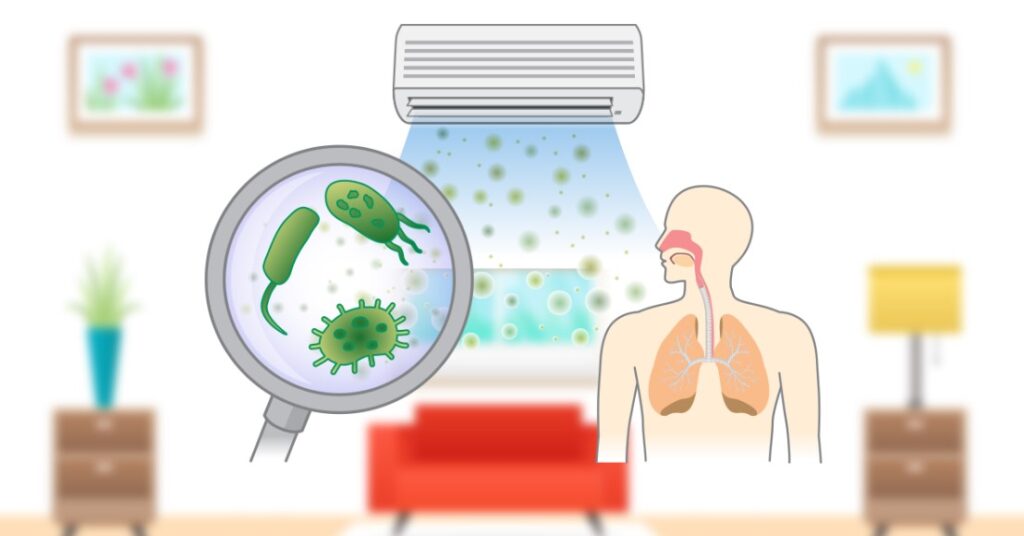
To determine the extent of indoor air quality issues and what is causing them, it is important to conduct an indoor air quality test. This involves collecting samples of indoor air and testing them in a certified laboratory for pollutants such as carbon dioxide, particulate matter, mould spores, allergens and VOCs. The results of the tests will be compared to existing regulations and standards to determine if air quality is a problem and what could be done to improve it.

Whether you are concerned about air quality in your home or work environment, an indoor air quality test is the best way to assess and improve it. Armed with the results, it is possible to identify the sources of air pollution and take steps to reduce them. This can help improve the health and wellbeing of those in the environment, ensuring they are breathing clean air.
Ultimately, testing indoor air quality is essential for maintaining a healthy living or working space.
How is Indoor Air Quality Measured?
Indoor air quality (IAQ) is an important factor to consider when assessing the safety of any indoor environment. A variety of different pollutants, gases, and chemicals can be found in the air indoors. Measuring IAQ helps us understand what levels of these substances are present, and this information can be used to take steps to protect inhabitants from any potential health risks.
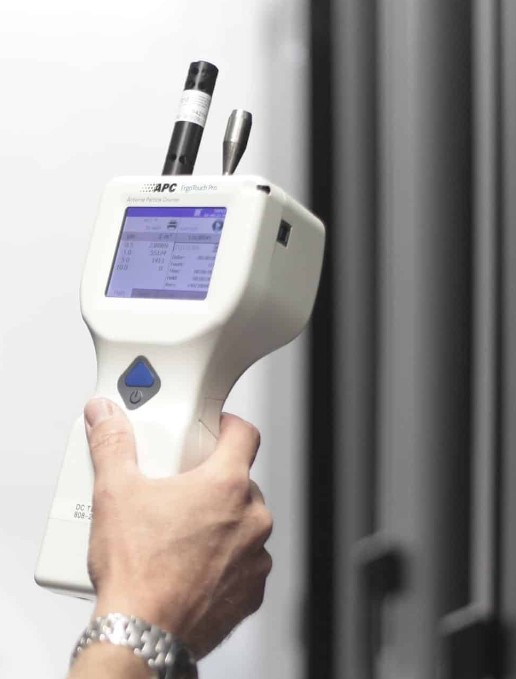
One of the most common methods for measuring IAQ is through the use of a VOC sensor. These devices detect volatile organic compounds (VOCs) in the air, including formaldehyde, which is often emitted by newly installed carpets and other materials. The sensors can also measure levels of ketones, which are present in the breath and can accumulate in crowded spaces. In addition, carbon dioxide meters and radon detectors will show whether levels of these gases have reached a dangerous level, too high to be detected by our senses.
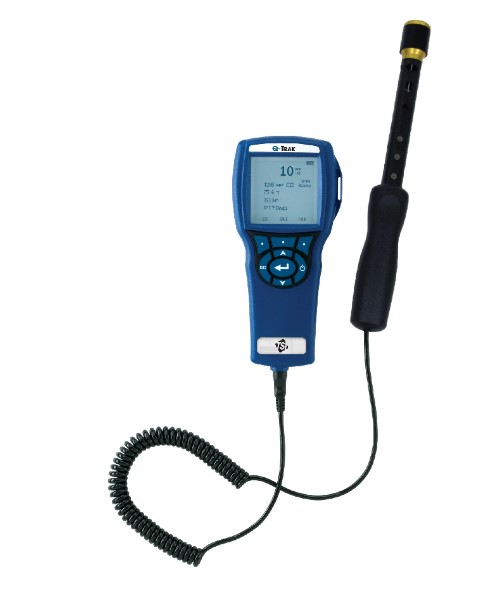
Overall, using VOC sensors, carbon dioxide meters and radon detectors is the most reliable way to measure IAQ and to ensure the safety of any indoor environment. It is important to keep in mind that IAQ can be improved by controlling sources of these pollutants, such as ensuring proper ventilation or using air purifiers. By understanding how IAQ is measured, individuals can take steps to ensure their homes are healthy and safe environments.

Who can Test Indoor Air Quality?
Air quality testing is an important part of any workplace safety plan as it ensures that the air employees are breathing is safe from harmful substances. A professional should always be hired to carry out indoor air quality testing as they have the necessary expertise, equipment and access to laboratories needed to detect and measure an array of pollutants in the atmosphere. These professionals can be easily identified through a simple internet search or by reaching out to local health and safety organizations.
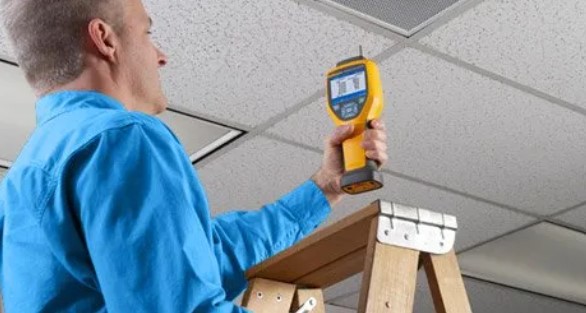
It is important to ensure that the hired professional has the necessary experience, qualifications, insurance and accreditation in order to carry out accurate tests. This can help avoid any potential issues with inaccurate results or misunderstanding of test results.
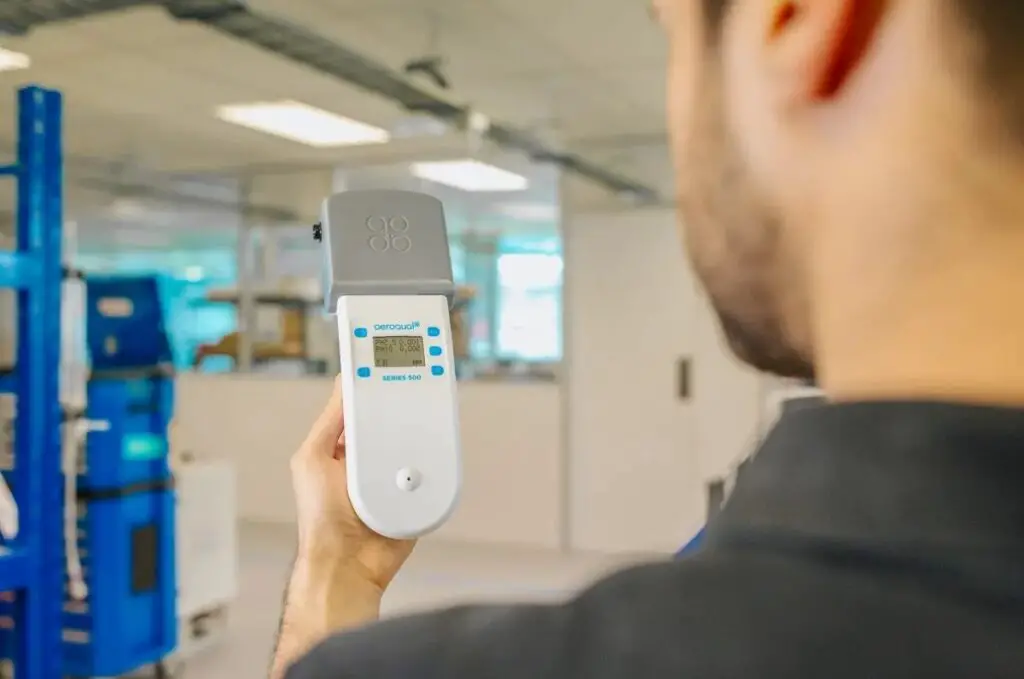
Routine indoor air quality testing should be carried out on a regular basis to ensure the health and safety of all employees. This will allow for any potential pollutants in the air to be identified early and dealt with or prevented before they become an issue. By doing this, you can ensure that your workforce is kept safe from any health risks associated with poor indoor air quality.

FAQ:
What is acceptable indoor air quality?
Indoor air quality has a major impact on the health and wellbeing of people living and working in buildings. Poor indoor air quality can lead to respiratory problems and other health issues. To ensure acceptable indoor air quality, it is important to have proper ventilation.
According to the ANSI/ASHRAE Standard 62.1-2016, the acceptable level of indoor CO2 is 700 ppm above outdoor concentrations. This means that having proper ventilation will ensure that most occupants (about 80%) are satisfied with the air quality in the building. Therefore, it is important to ensure adequate ventilation when constructing and maintaining buildings.
What are the 4 major indoor air pollutants?
Indoor air pollutants can have a range of negative impacts on the health and well-being of those exposed to them. These pollutants include pesticides, radon (Rn), indoor particulate matter, and secondhand smoke or environmental tobacco smoke.
Pesticides are chemical agents used in homes to control pests, such as insects and rodents. They can be found in cleaning supplies, pesticides sprays, insecticides, fungicides, and other products used to eliminate or reduce pest populations. Pesticides can emit toxic fumes and particles that may lead to respiratory irritation and other health problems when inhaled.
Radon (Rn) is an invisible, odorless gas that occurs naturally in the environment and can enter homes through cracks or other openings. Radon exposure has been linked to an increased risk of lung cancer.
Indoor particulate matter includes a range of tiny particles, such as dirt, dust, smoke, soot, and fibers from construction materials. These particles can cause irritation of the eyes, nose, and throat; respiratory infections; and lung disease.
Secondhand smoke or environmental tobacco smoke are mixtures of the smoke released from burning cigarettes, cigars, pipes, and other tobacco products. Secondhand smoke is considered a human carcinogen and has been linked to an increased risk of cancer. Read also…


